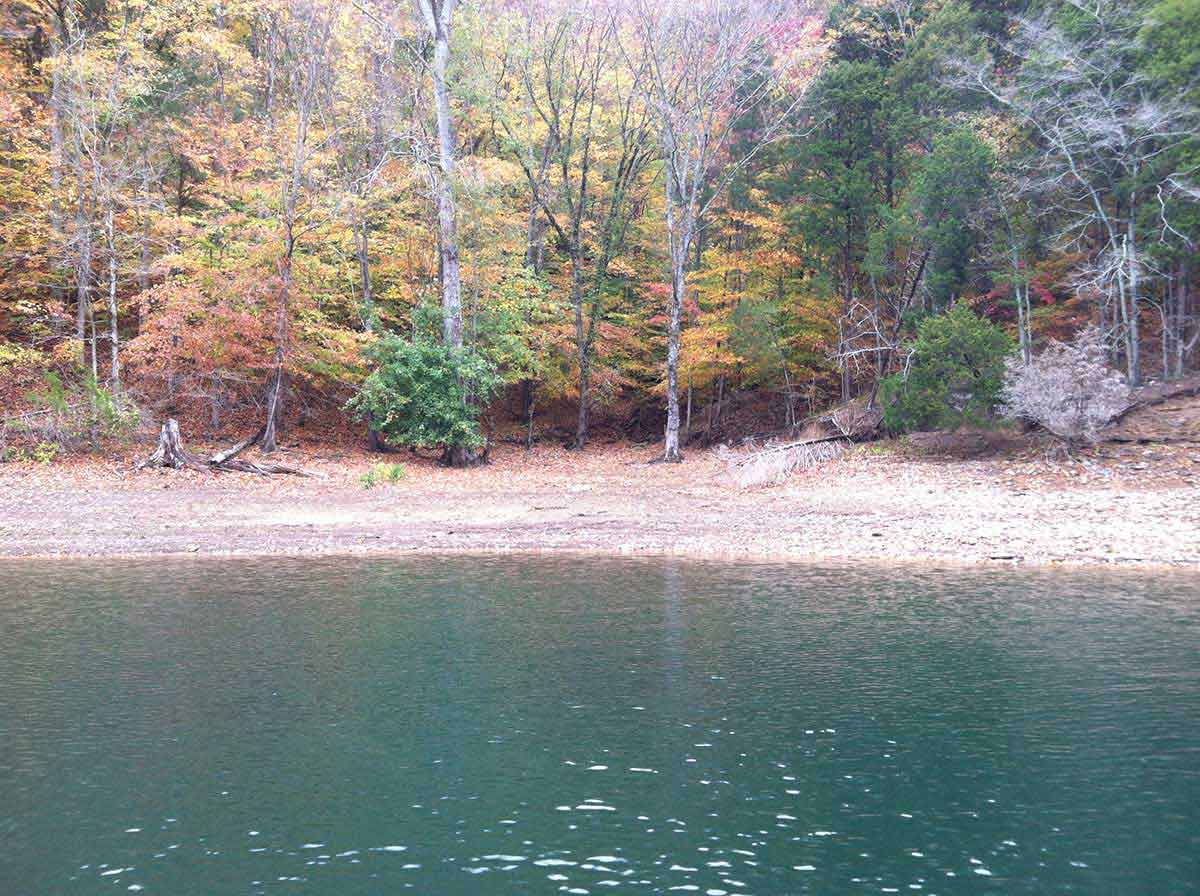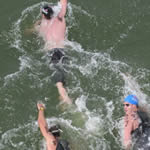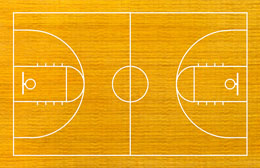SCUBA gas cylinder
Question
Dear Sir, Thank you very much for your great reply. It was very useful to me. The greatest problem I am facing at the moment is about filling the gas cylinder. I am ordering a gas cylinder from Thailand in near future but I am worried that after the gas is used up there is no way to fill it here. There is a small oxygen plant that supplies oxygen for the hospital use. Please provide me informations about the filling of the cylinder. I would be grateful if there is anything about Nepal or others that you want to know and I can help you as you are doing to me. Thanking you
Yours sincerely
Bhaba Amatya
Nepal
Answer
Hello Bhaba,
I am troubled by a couple of things you posed in your question. First, if you are ordering a cylinder from Thailand and plan to have it filled in the United States, it must meet the U.S. Department of Transportation (DOT) or the Canadian equivalent (CTC)standards before it can be filled. It must have either "DOT or CTC" stamped in the neck of the cylinder. The cylinder will be empty when it arrives from Thailand and must be filled after it is delivered. It must also be equipped with a valve suitable for scuba use. Without the proper valve, the scuba regulator cannot be attached to the tank. When we order tanks in the U.S., they arrive with all appropriate information stamped into the neck of the cylinder and also with a proper valve. The tank must also have a serial number, the name of the manufacturer, and a current hydrotest date stamped in the neck of the cylinder. Be certain before you order your tank that it meets all of the requirements listed above or you will not be able to fill it in the U.S.
A second concern is for the use of the oxygen plant indicated in your question. As mentioned in my previous reply, you cannot scuba on pure oxygen. Mixtures of oxygen and other gases are acceptable only if you are properly trained for it. Pure oxygen is toxic to the human body when breathed while the body is under pressure (scuba diving). For this reason, special training is required to use it safely. All divers begin their training with compressed air just like you are breathing right now. It is dried and filtered before being put into a scuba tank. It is not enhanced with oxygen or any other gas.
The pressure in a full scuba tank is about 3000 psi (200 bar) and special compressors are required to achieve this pressure. Your oxygen plant may not be able to do this.
In summary, I would strongly advise against purchasing a scuba tank from Thailand. The chances are very good that this tank will not meet U.S. or Canadian standards and, if not, it cannot be filled. An improperly manufactured scuba cylinder may explode while being filled and could pose a severe health risk to both the tank filler and the diver.
Without proper scuba certification, you will probably not be able to have the tank filled, even if it has all necessary documentation as mentioned above. All reputable dive shops require proof of scuba certification before they will fill scuba tanks.
Your best course of action would be to sign up for scuba classes and get your scuba certification before ordering any equipment such as tanks. Tanks will be provided for your training. Even after you are properly trained, you will find that renting a tank from a dive shop is much more cost effective than buying your own. It will be already filled and properly inspected so you don't have to worry about it.
Please don't cut corners when dealing with scuba training and, especially, high pressure cylinders like scuba tanks.
Thank you for your offer of assistance regarding information about Nepal. I will keep your name as a reference in the event that I should have questions in the future.
Best of luck with your future dive training.
Sincerely,
Mike Giles
Mike's Dive Center
mikescuba.com
yoke valve
scuba diving pool and ocean lesson


